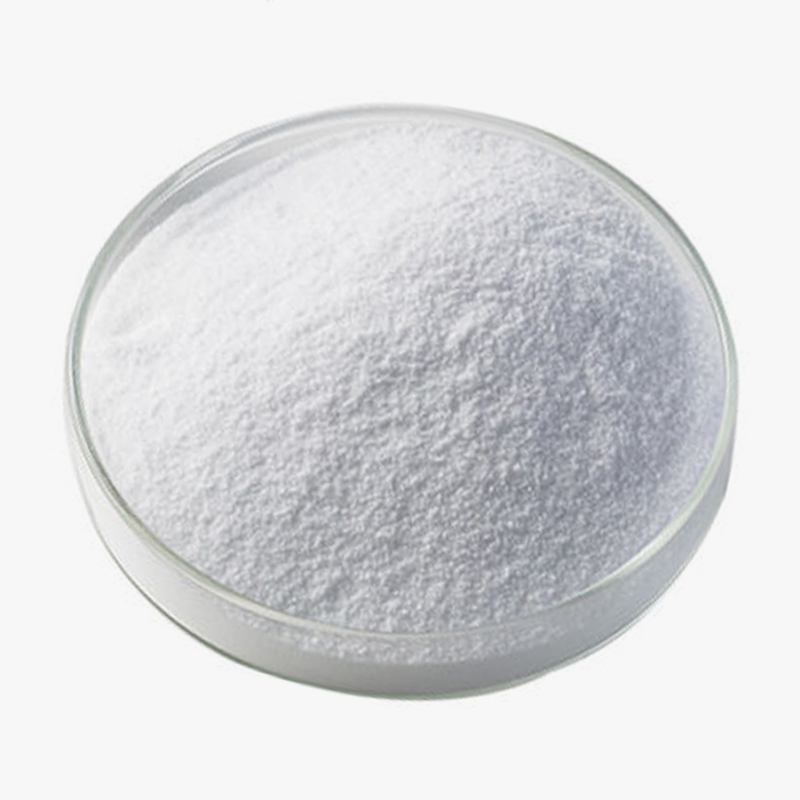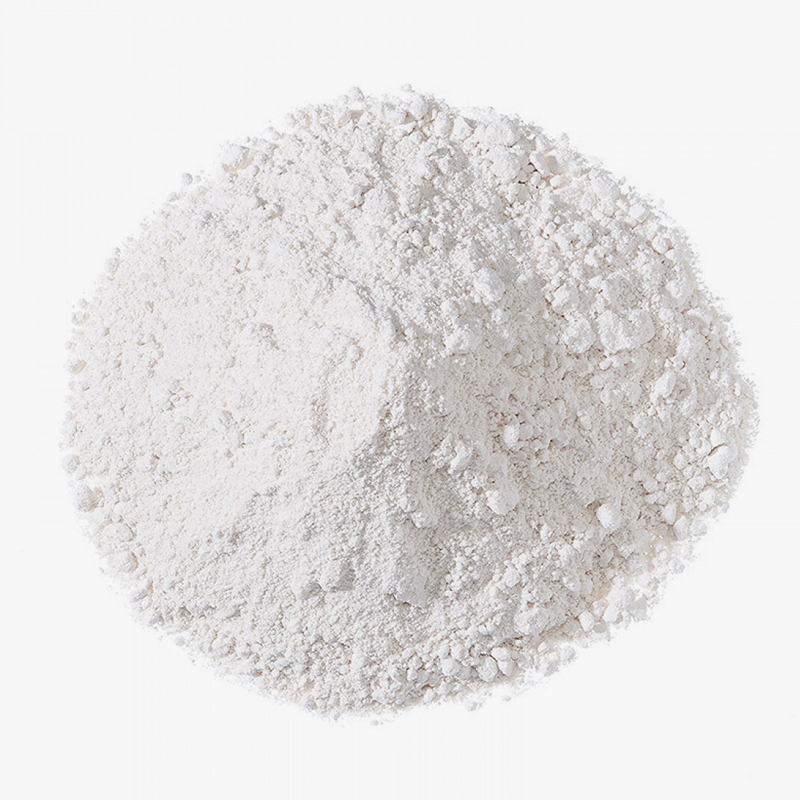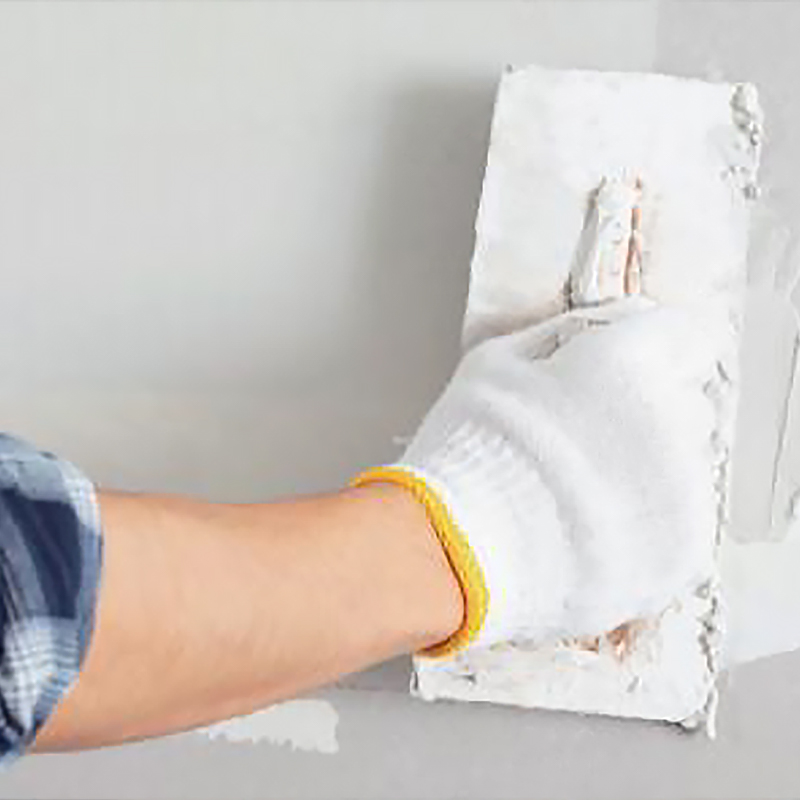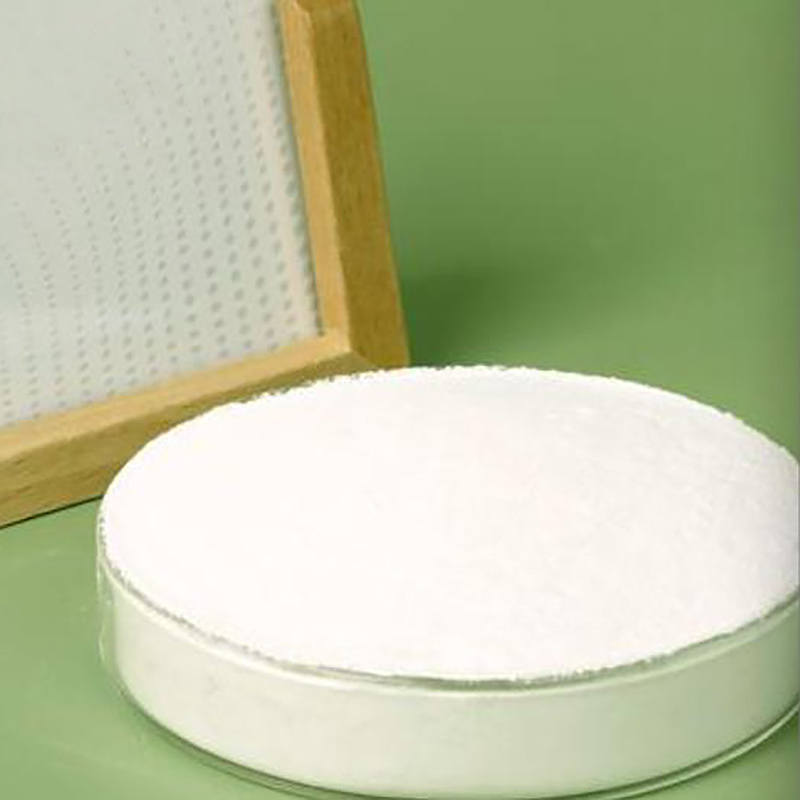Content
1. Storage Principles for HEMC Coating
Freeze and High Temperature Protection (Stable):
Temperature Range: Recommended storage is between 5°C and 35°C. The ideal storage temperature is a constant room temperature (approximately 15-25°C).
Freeze Protection: Strictly avoid freezing. Once frozen, the structure of additives such as HEMC will be destroyed, leading to delamination, thickening failure, and loss of performance after thawing, which are generally irreversible.
High Temperature Protection: Avoid direct sunlight and heat sources (such as heaters and boilers). High temperatures accelerate the reaction of the coating's chemicals, potentially causing a decrease in viscosity and affecting workability and flowability. Premature curing or skinning, as well as bacterial growth, can cause the coating to deteriorate and develop odors.
Drying and Moisture Protection (Dry):
Sealing and Drying Protection: The packaging drum must be tightly closed. HEMC coating is a water-based system, and water evaporation can cause surface skinning and caking. The viscosity increases, becomes thick, difficult to apply, and the remaining paint is scrapped.
Moisture-proof environment: The storage environment should be kept dry and the humidity should not be too high. Although the paint itself contains water, the humidity in the environment will accelerate the corrosion (rust) of the packaging barrel and may cause the paint on the edge of the unopened barrel to mold.
Shelf life management:
Under the specified storage conditions, HEMC paint usually has a shelf life of 12 months (the specific details are subject to the product manual).
The "first in, first out" principle must be strictly implemented, that is, the first batch to be put into storage is used first to prevent the product from expiring.
2. Specific storage management measures
(1). Warehouse environment requirements
Site selection: Indoor warehouses should be used to avoid open-air storage.
Ventilation: The warehouse should be well ventilated to avoid the accumulation of volatile gases and help regulate temperature and humidity.
Facilities:
Equipped with a thermometer and hygrometer for regular monitoring.
Cooling measures should be taken in summer (such as ventilation and sunshade).
Heating equipment should be provided in winter to ensure that the temperature is above 5°C. It is strictly forbidden to use open flames to directly bake paint buckets.
(2). Stacking requirements
Number of stacking layers: Strictly follow the instructions on the packaging barrel, usually no more than 3 layers. Stacking too high will cause the lower barrel to deform, damage the seal, and even cause collapse.
Storing on a pallet: The paint bucket should be placed on a pallet (such as a pallet) and kept at least 10 cm away from the ground to prevent ground moisture from eroding the bottom of the bucket.
Distance from the wall: Keep a certain distance from the wall (recommended 20-30 cm or more) to ensure air circulation.
(3). Packaging and use
Keep it sealed: At any time, regardless of whether the paint in the bucket is used up, the bucket lid must be tightly sealed immediately.
Correct material removal: After opening the bucket lid, scrape off the paint on the inside of the bucket lid, make sure the bucket lid is clean, and then put it back on to ensure the sealing effect. Use clean special tools to remove materials to avoid introducing impurities or contaminants.
Management of opened barrels: Paint that has been opened but not used up should be used first and marked. Before re-use, inspect for abnormalities such as skinning, delamination, and odor. If skinning is present, remove the film, stir thoroughly, and test the performance before use.
3. Special Storage Measures for Winter and Summer
Winter:
Focus on frost prevention: Ensure temperatures are above 5°C during transportation and storage. Heating should be provided at construction site warehouses at night.
Reheating Before Use: If the paint temperature is too low (e.g., just brought in from outdoors), allow it to cool to above 15°C at room temperature before use. Otherwise, leveling and film formation will be affected.
Summer:
Focus on sun protection and cooling: Curtains should be drawn in the warehouse to avoid exposure to western sunlight. Exhaust fans may be added as necessary.
Preventing direct sunlight: During transportation and temporary storage on the construction site, avoid direct exposure to sunlight.
4. Handling Abnormal Situations
The following problems may occur if stored improperly:
Skinning: Minor skinning can be removed, stirred thoroughly, and tested before use. Severe skinning should be discarded.
Moldy/stinky: This indicates bacterial growth and must be discarded immediately.
Separation/sedimentation: This is normal, but if the product cannot be restored to a uniform state after settling, or if a hard precipitate forms, it indicates product deterioration.
Frozen: Once frozen, the product is generally considered irreversible and should be discarded.

 简体中文
简体中文 English
English русский
русский عربى
عربى Español
Español










